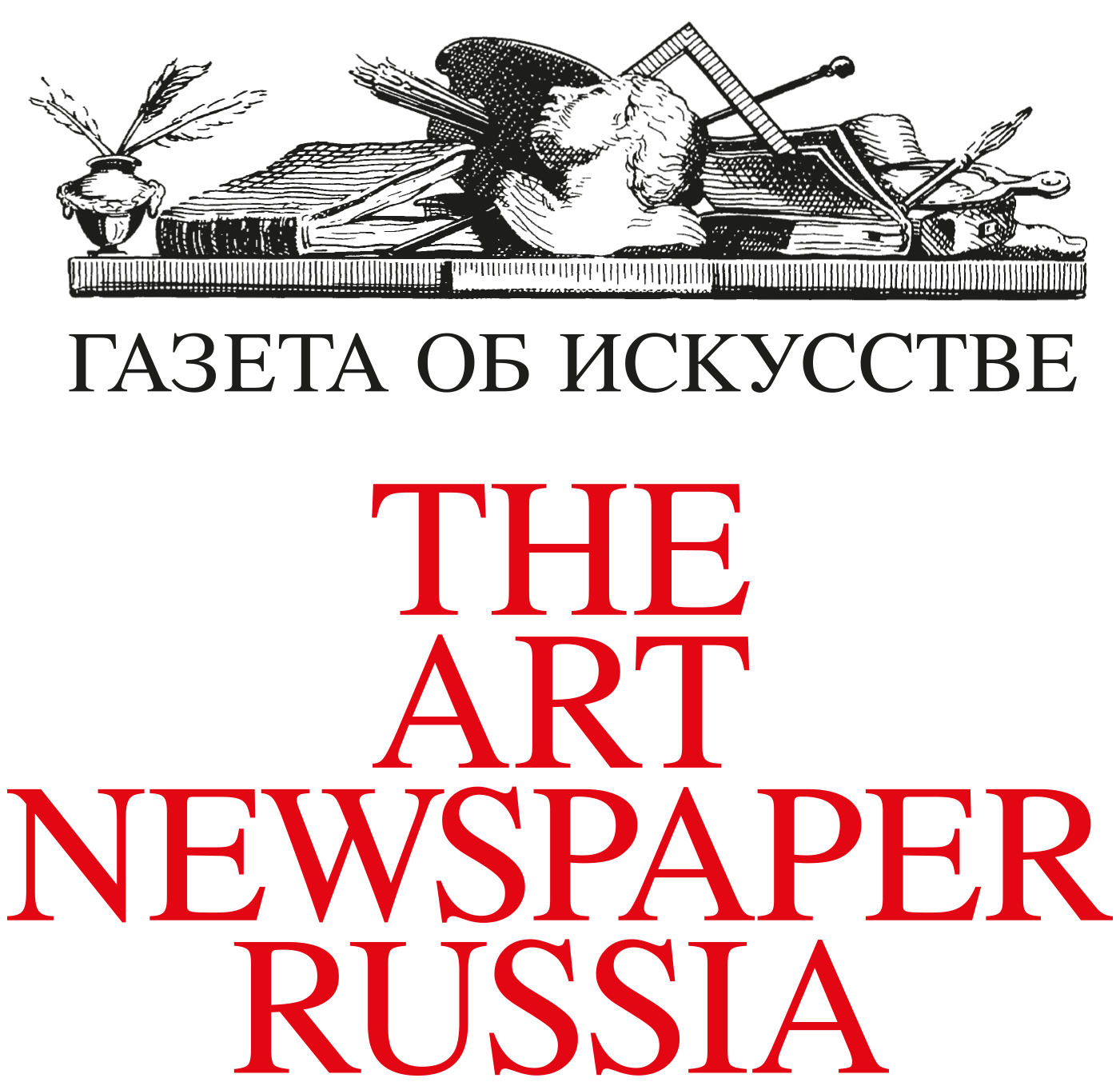The Pushkin State Museum of Fine Arts’ new exhibition will combine two strategic directions that the Museum has given to its exhibition activities in recent years. Those directions include showcasing private collections and developing a new exhibition concept.
The show "East West Jazz" displays over 30 unique robes and textiles from Alexander Klyachin's collection and over two dozens of post-war abstract paintings acquired by Swiss collector Jean Claude Gandur. Curators expand this exhibition by adding works from the collection of The Pushkin State Museum of Fine Arts and the Centre Pompidou to further reveal the interaction between Eastern and Western cultures. This exhibition will be philosophical, emotional and contemplative, rather than didactic.
It is designed to arouse people's emotions and provides an opportunity to gain an insight into the artists' way of thinking and understand the origins of their abstract creative work. By displaying in various layouts robes and textiles made in the 19th century along with abstract paintings of 20th-century Western artists, curators aim to demonstrate how the art of anonymous craftsmen of the East either directly or indirectly influenced modern and contemporary art.
In the early 20th century, Eastern art changed the conscience of European artists who were raised with the beauty canon of the Greco-Roman Antiquity. "Simplicity almost verges on barbarity. Complexity is almost overwhelming. The exquisiteness of the most sophisticated sensually daydreaming people. Seriousness, severity, sometimes roughness of the pattern as it was in ancient icons. As well as soft, flexible, sometimes playful beauty of the lines," wrote Wassily Kandinsky. Colour combinations and principles, distinct compositional arrangements of space and perspective that characterized Eastern fine arts and, most importantly, the abstract perception of reality present in Eastern art, all lead Western painters to aim to new artistic missions. Every artist integrated these influences in their own way, opening up new horizons in the decorative nature of Eastern art.
Art collectors Alexander Klyachin and Jean Claude Gandur both set an example of how entrepreneurs can embody the multiple talents of being outstanding businessmen, patrons of arts and philanthropists at the same time.
Alexander Klyachin graduated from the Faculty of Geography, Lomonosov Moscow State University, and pursued his studies in the USA. Today he is one of the greatest Russian investors, owner of the Metropol Hotel (one of the most historically and architecturally important Art Nouveau monuments in Moscow), and a member of the Boards of Trustees both of the Jewish Museum and Tolerance Centre, and the State Academic Bolshoi Theatre of Russia. Alexander Klyachin participates in children care charity programmes. In 2006 he initiated establishment of the non-profit Khamovniki Foundation for Social Research which mainly aims at making knowledge available to everyone. Alexander Klyachin became a proficient art collector over a quarter of a century ago and today his collection is one of the most exceptional in the world. He assembled a collection of more than 250 items of Central Asia ceremonial, festive and everyday costume from the mid-19th to the mid-20th century. His collection also features a large number of ancient Oriental rugs.
Jean Claude Gandur has a multicultural background: a Swiss citizen, he was born in Grasse, France, with his maternal grandparents originating from Russia. He spent his childhood both in Alexandria, Egypt, and in the canton of Vaud, Switzerland. In 1975 Jean Claude Gandur started a career in oil trading, and in 1987 he set up his own company, the Addax et Oryx Group (AOG). As he gradually expanded his activities, he always remained conscious of his social responsibilities. He established a charity fund that supports sustainable development projects in Africa and the Middle East, and a fund designed to encourage social integration of disadvantaged young people in Switzerland.
His family collection stirred up his vast interest in art and made him a passionate collector. Today Jean Claude Gandur's collection includes over 3500 works of Classical Antiquity and Egyptian art, European post-war paintings, decorative arts including medieval sculpture and 18th-century French furniture, and an ethnology collection of objects and artefacts mostly from Latin America. In 2010 he established a private foundation that bears his name and both promotes the collection itself and making art accessible to all through outreach activities. The Fondation Gandur pour l’Art cooperates with many of the world's biggest museums to which it lends the works of art, and is engaged in publishing and research activities.
Jean Claude Gandur has an outstanding collection of post-war abstract paintings which comprises works by artists such as Victor Vasarely, Nicolas de Staël, Jim Dine, Hans Hartung, François Morellet and many others.
The upcoming "East West Jazz" exhibition will be held in the main exhibition area of the Pushkin State Museum of Fine Arts from 1 October until 15 November 2019. Apart from the above-mentioned works from the collections of Alexander Klyachin and Jean Claude Gandur it will showcase 14 rarely displayed sheets from Henri Matisse's "Jazz" graphic series that was created in 1947, four Wassily Kandinsky’s works (three of them are works on paper and one is a painting) from the collection of The Pushkin State Museum of Fine Arts, and 14 best abstract art works, including those made by Alexander Calder, Lucio Fontana, Joan Mitchell, Daniel Buren, and Serge Poliakoff that will be lent by the Centre Pompidou and private French art collections.
Curators of the exhibition:
Suriya Sadekova, curator, head of the Cultural and Exhibition Projects Department of The Pushkin State Museum of Fine Arts
Patrick Hourcade, co-curator and author of the exhibition design concept; art historian, scene designer, former artistic director of Vogue Paris (in the 1980s)
Elena Tsareva, scientific advisor of the exhibition (Oriental khalats and textiles section); leading research fellow of the Peter the Great Museum of Anthropology and Ethnography (the Kunstkamera), Russian Academy of Sciences
Anna Klochova, Nikolay Molok Jr., Assistant co-curators, Cultural and Exhibition Projects Department of The Pushkin State Museum of Fine Arts
Mikhail Anikst, catalogue and the exhibition designer; illustrator, graphic artist, scenic designer, member of the Moscow Academy of Graphic Design











